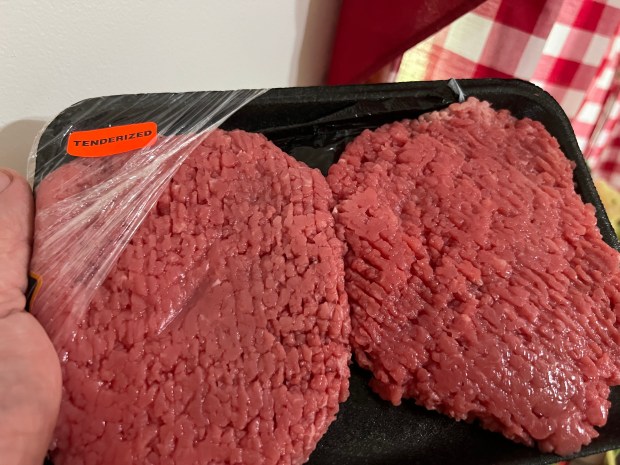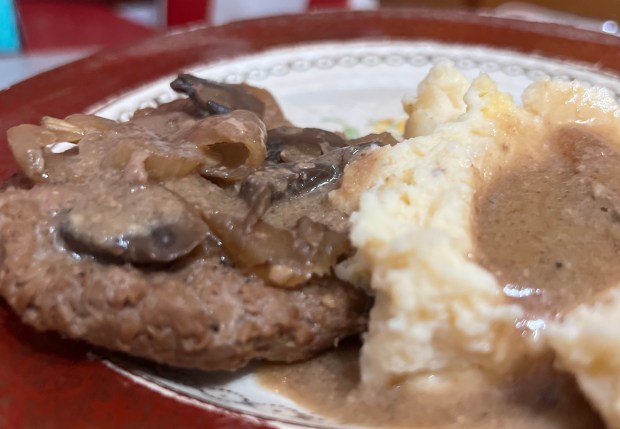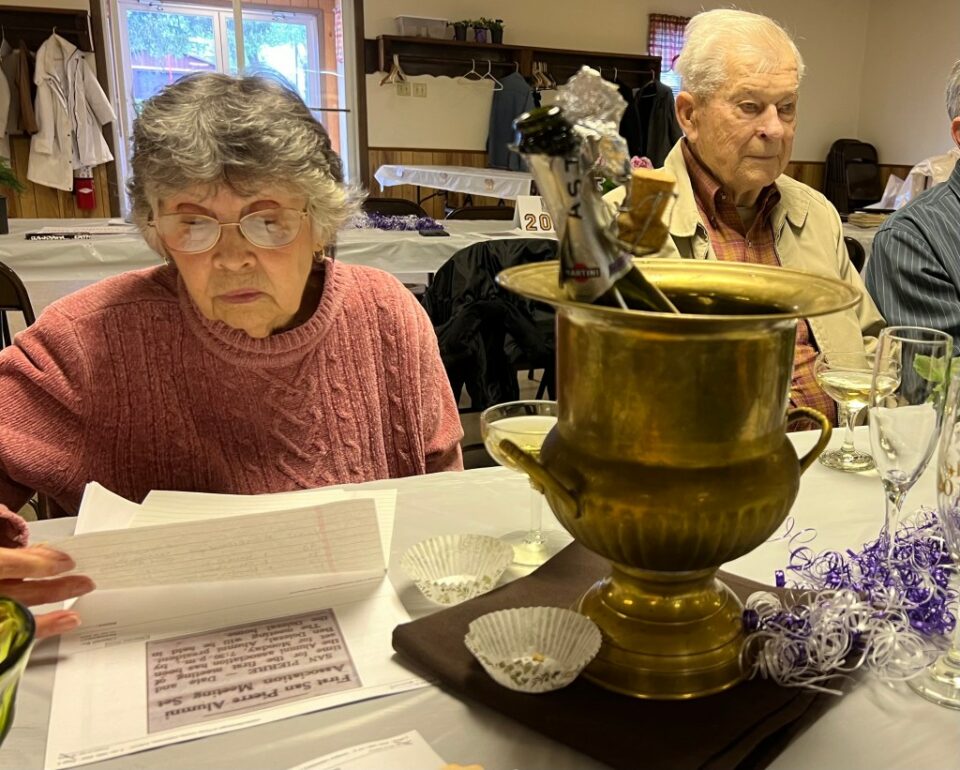The days of the kitchen wall-mounted, black telephone landline are quickly fading into the past.
We still have our traditional telephone landline, as do a few of our neighbors, like the Scamerhorn family; however, most of our rural friends removed their landlines long ago in favor of only retaining their cellular phone service.
When living in the country, landlines still retain an important practical purpose for key communication when compromised without electricity, especially this time of the year when commonplace spring storms can wreak havoc with fallen trees and limbs resulting in hours or even days without electricity restored. While electric-base cradle “cordless” phones cease to operate without electric current and cellular phones soon die without charging, a mounted traditional wall phone never fails. Our farm landline phones still even feature the ages-old signature “curly cords” attached to the handpiece.
Decades ago, telephone lines were suspended in the air on poles, much like our electric lines. But in more recent decades, the telephone companies found that underground telephone cables and lines are less prone to the devastation of storms and weather elements.
This Mother’s Day 2024 has me thinking about Ma Bell and how connected my mom and our farm family have remained throughout the last century via telephone communication.
Dubbed by consumers, media and marketing campaigns affectionately as “Ma Bell” (short for Mother Bell in homage to Alexander Graham Bell, the inventor of the telephone) for more than a century, telephone talkers had no other choice than to answer to The Bell System. It served as the corporate umbrella of telecommunication companies, led by the Bell Telephone Company and later by the American Telephone and Telegraph Company (AT&T). It ruled the telephone services industry in North America from 1877 until 1982 when government antitrust laws forced it to splinter and divide to allow for consumer choice.
Even at my age of 53, my youth recalls that through the 1990s it was “expensive” to talk on a telephone during traditional business hours (with the exception of deemed “local calls”) before widespread cellular telephone use in the late 1990s. Even with the latter, only a specific “number of minutes” were allotted for talk time.
My mom still enjoys hearing both her landline and her cellphone ring (except when it’s a pesky telemarketer). My mom and her oldest sister, my Aunt Ruby, have an extra special connection with testimony of how traditional telephone landlines connect friends and family, in addition to Aunt Ruby’s kitchen in her Highland home having a wall-mounted black original rotary dial telephone still in use. Their mom, my Grandma Green, was the “Ma Bell” of their tiny hometown of Wheatfield, Indiana.
As described in my last published cookbook, “Back From the Farm” released in 2019, my Grandma Green’s tiny house in Wheatfield during the early 1940s had the town’s telephone switchboard installed by the hallway alcove near the kitchen. It was Grandma Green who pulled the cords and connected the plugs that sent through the incoming and outcoming calls to the select few family homes in town fortunate (and affluent enough) to have telephones. My mom and her late twin sister, my Aunt Patty, would often recount how Grandma Green attempted to show her twins, in their early teens, how to operate the switchboard in her absence, but to no avail. However, Aunt Ruby, who is now 94, was quite skilled to step in and help Grandma Green if she needed a break.

My older brother David provided my mom and me with a “recipe break” earlier this month by sharing his easy recipe for preparing cube steak using a slow cooker. Our family grew up with our mom’s cube steak as a Monday night menu staple. Packaged at the meat counter as “tenderized,” the steak patties cook fast, but have a traditional tendency to still be tough.
And much like my hunt last month for round steak at the meat counter at area grocery stores, I once again had trouble locating packages of cube steak, which I think has fallen into the realm of “a retro recipe.”
My mom always liked the ease of making her cube steaks in the electric skillet with lots of onions and then served with fried potatoes and a vegetable, such as our homegrown asparagus this time of year. I always liked my cube steak smothered in onions and splashed with lots of steak sauce.
Brother David’s recipe allows the layered cube steaks to simmer “on low and slow” overnight for eight hours. While the patties, once served, will be about one-third smaller in size after cooking, this method assures delicious results that “can be cut with a fork,” as David describes.
Columnist Philip Potempa has published four cookbooks and is the director of marketing at Theatre at the Center. He can be reached at [email protected] or mail your questions: From the Farm, PO Box 68, San Pierre, Ind. 46374.

David’s Cube Steak and Onion Gravy
Makes 6 servings
4 large carrots, cut into pieces
4 pounds of cube steak, about 6 steaks
Seasoning blend or garlic powder
1 large (24 ounce) can cream of mushroom soup
1 cup water
2 large onions, chopped
1 envelope dry onion soup mix
2 cups fresh sliced mushrooms (optional)
1 teaspoon of gravy browning liquid (optional)
Directions:
1. Layer carrots on the bottom of slow cooker.
2. Sprinkle both sides of cube steaks with a favorite mixed seasoning blend or garlic powder and add a layer of meat patties on top of carrots.
3. Spread half of the condensed soup over meat layer and add water, onions and dry soup mix.
4. Add another layer of seasoned meat patties and finish with remaining condensed soup.
5. Set slow cooker to low setting and cook for 6 hours.
6. If using mushrooms, after 6 hours, stir contents of slow cooker, add mushrooms and cook for two additional hours.
7. Using a slotted spoon, remove meat patties and cooked carrots to a platter.
8. For a traditional brown gravy, add gravy browning if desired. And for a thicker gravy, slowly incorporate 2 heaping teaspoons of cornstarch to the hot liquid in slow cooker to create desired consistency.
9. NOTE: To expedite this recipe, the slow cooker can also be set to high and contents cooked for only 5-6 hours with slightly less tender results for meat.
Philip Potempa , 2024-05-10 17:52:03
Source link


